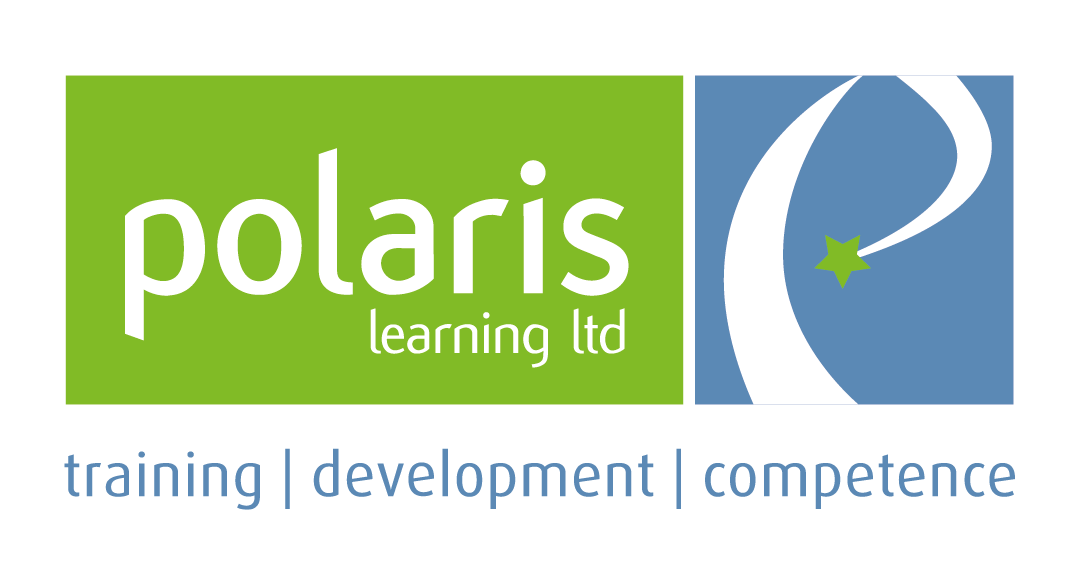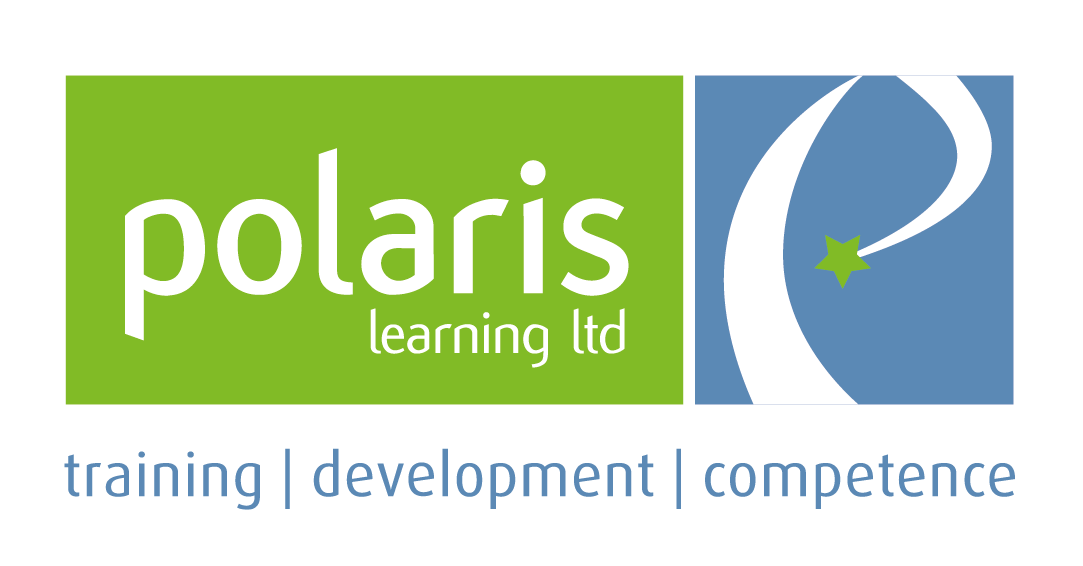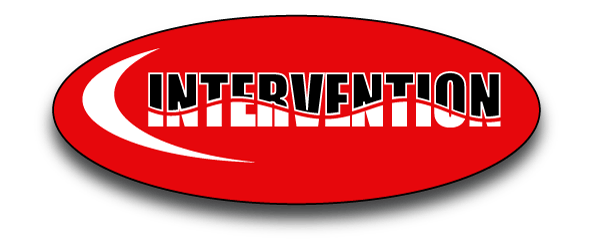Embedding Your Organisation’s Values in Your Business
CREATE THE RIGHT CULTURE, DIFFERENTIATE IN YOUR MARKET PLACE AND KEEP YOUR BEST PEOPLE
ACHIEVING YOUR ORGANISATION’S VISION AND BUSINESS STRATEGY
Whatever the type of business or size of organisation, the organisations that survive and thrive will usually have a clear vision, well defined and embedded values, an aligned culture and a clear differentiation in the market place.
In our experience, any organisation can achieve this and you do not have to have a large budget to spend on specialist consultancy to succeed.
In the below, we will look at:
• What we mean by values, the link to your organisation’s culture and embedding values in your business
• The role of values in your organisation’s long-term success
• Actions that you can take now to link your values to your talent management strategy
WHAT WE MEAN BY VALUES, THE LINK WITH ORGANISATIONAL CULTURE AND EMBEDDING VALUES IN YOUR BUSINESS
Our Explanation of Values
For us, when we talk about values, we are talking about the core words that sum up your organisation:
• What gives your people and your business clear direction
• What drives and motivates you and your people
• What gives guidance to what you do, what you do not do and how you do it
Sometimes in smaller organisations, these values are not written down but everyone knows what they are and what that means to them. As the organisation grows, and perhaps even by the time you start to reach 6 or 7 employees, these values need to be defined, written down and embedded.
Values and Organisational Culture
Your values drive your organisational culture. If you have a series of sub cultures, a culture that you do not like or it is not clear what your organisational culture is, then we would say that you probably do not have clearly defined values or your values are not embedded in your business.
Embedding Values: What Does Success Look Like?
In general, the bigger the organisation, the harder it becomes to embed your values.
When we talk about ‘embedding your values’, what we really mean is achieving an organisation, however big it is, where anyone interacting with your organisation will know immediately what your values are.
If you think about a well-known global brand, you can probably guess what their values are from their advertising, their website and their digital marketing (for example, social media).
How many times however have you found that the product did not live up to expectations, the time you were on hold on the telephone irritated you, the website or social media is poor or the way an employee dealt with your interaction did not match up to your expectation of that business?
When it works well and brand values are lived and breathed by everyone in that organisation, it is powerful and the brand explodes (think of Apple perhaps?).

VALUES MATTER: THE CORE OF YOUR BUSINESS SUCCESS
From our people and leadership development work, too often we find that the people in an organisation do not know what their organisation’s values are. Or when they do know them, they are not sure what they actually mean for them in their day to day job.
We probably all know that if we do not have a clear business vision, and values that align to that vision, we will struggle to differentiate in the market place, we risk selling on price and we certainly will struggle to attract and keep the right people.
Be clear on your vision, your values, the culture that you want to create and how this means you differentiate in the market place and your organisation is in a good place to thrive.

LINKING YOUR VALUES TO YOUR TALENT MANAGEMENT STRATEGY: ACTIONS TO TAKE
We are going to focus on the situation where you already have values identified. If this is not the case in your organisation, then you will need to start a step earlier to identify these values. Get in touch if you want some pointers on how to do this.
Action 1: What are the Organisation’s Values?
The first step is to consider values for your organisation. These may be written down and they may have been communicated to everyone within the organisation.
We are going to assume that there is agreement on what these values are.
Action 2: Is There a Description for Each Value?
For each word that sums up a value, there needs to be a description. This should explain what this value means to your organisation. It should be tangible so that it is easy for someone with no other information to begin to understand a definition of that value.
Action 3: Internal versus External Values – Is There a Difference?
The way you communicate the values internally may well be slightly different to what you say externally.
However, if you want your market positioning to be strong and your differentiation clear, what you say externally must align to what you ask of and expect from your employees, and equally from others involved in delivering your brand.
Differentiation is increasingly difficult to achieve and sustain, and diluting your differentiation because of how your people behave, the decisions that they make and the impact that this has on your market place can be disastrous.
Action 4: Get Buy-In to Your Values
In our experience, writing down your values, with a bit of explanation and issuing these to all employees is not going to be enough to help everyone understand what these values are and what is expected of them.
We recommend that you consider running Value Workshops to let employees understand what you really mean, get their input on what they think it means to them and their colleagues, and to get them engaged in what they now need to do to live these values.
Action 5: Values, Behaviour and Culture – Making the Link
Once you have clarity on the values and what is meant by each value, the next step is to think about behaviours linked to each value.
By defining the behaviours for each value, you make the values tangible.
It is much clearer for me to understand that to achieve the value of Honesty & Openness I must:
• Be upfront in my communication
• Flag issues early with solutions
• Do not put off difficult conversations
This is much clearer than just leaving me with: “We are open and honest in our communications”.
The values and the behaviours if measured, will start to drive the type of culture that you want in your organisation.
Action 6: People and Leadership Development
Your values and linked behaviours need to be incorporated into your performance management or appraisal process. They also need to be incorporated into all your people development planning.
Whether this is looking at who you recruit and who you promote, developing competency frameworks, rolling out a new leadership development strategy or delivering communication workshops, the values and behaviours must be at the core of this.




 Well Operations Audit of Supply Chain
Well Operations Audit of Supply Chain Revision and roll out of CMS
Revision and roll out of CMS Set up and Hosting of Organisations CMS
Set up and Hosting of Organisations CMS

 Integrated LMS and CMS
Integrated LMS and CMS
